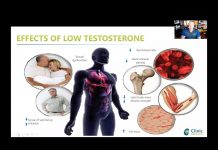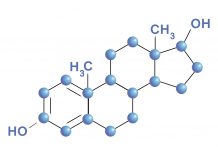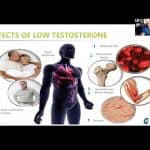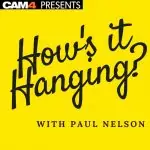Damn…I hate interval training but these data are very compelling on the advantage of interval training in improving mitochondria function. Time to reconsider my resistance exercise only program.
…”But more unexpected results were found in the biopsied muscle cells. Among the younger subjects who went through interval training, the activity levels had changed in 274 genes, compared with 170 genes for those who exercised more moderately and 74 for the weight lifters. Among the older cohort, almost 400 genes were working differently now, compared with 33 for the weight lifters and only 19 for the moderate exercisers.Many of these affected genes, especially in the cells of the interval trainers, are believed to influence the ability of mitochondria to produce energy for muscle cells; the subjects who did the interval workouts showed increases in the number and health of their mitochondria — an impact that was particularly pronounced among the older cyclists”
https://www.nytimes.com/2017/03/23/w…rsm=Email&_r=0
Here is a simple HIIT session in a 39 second video:
Recent Posts
UK Policy Statements on Testosterone Deficiency
Summary
To address widespread media and scientific concerns over the appropriate treatment of TDS with Testosterone Therapy (T Therapy), the Executive Committee of the British...
Low Testosterone Blood Level: How Low is Too Low?
VIDEO TRANSCRIPT:
Hormones change as we age. As you can tell, these are different hormones: estrogen, thyroid, progesterone, insulin, testosterone, cortisol, growth hormone, and this...
What is Sermorelin?
What is Sermorelin Acetate?
Sermorelin is a growth hormone releasing hormone that makes your own pituitary gland produce growth hormone. It is not covered by...
Flawed Testosterone Studies Fuel Concerns and Lawsuits
A study published at the end of 2013 and a previous one from the Veterans Administration Hospital System (see below post) show what happens...
Erectile Dysfunction Causes and Treatments
Facts, Causes, and Management Options of Erectile Dysfunction
















